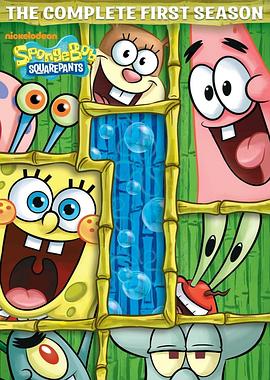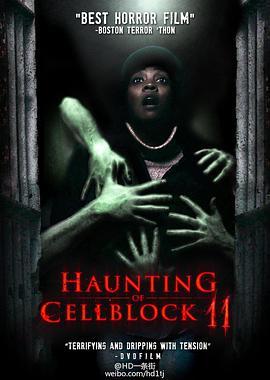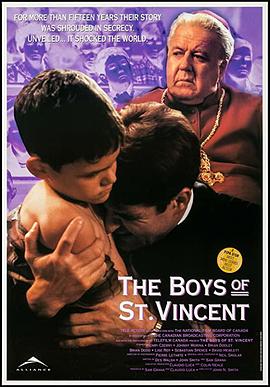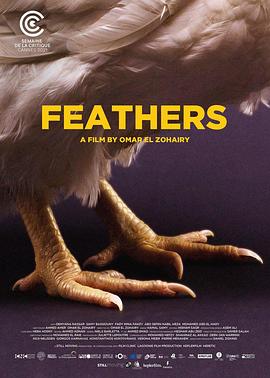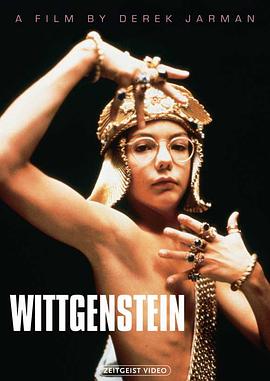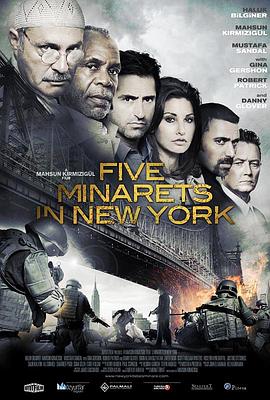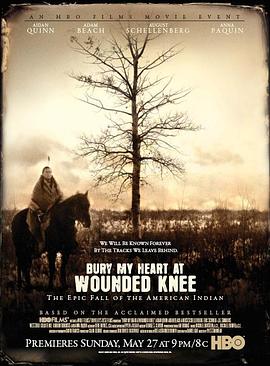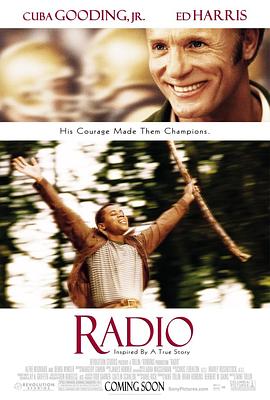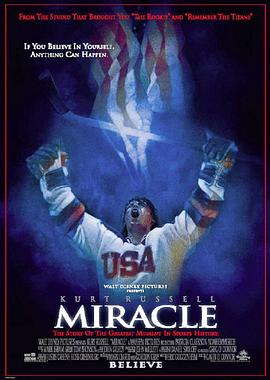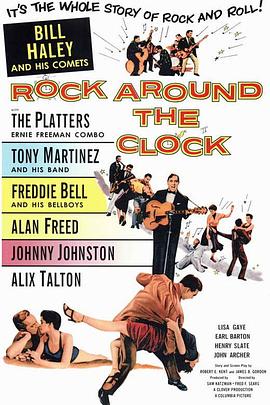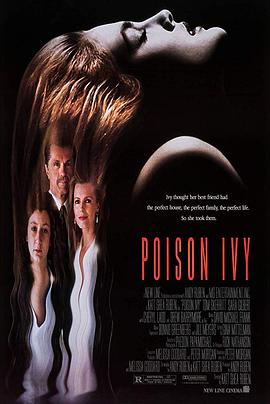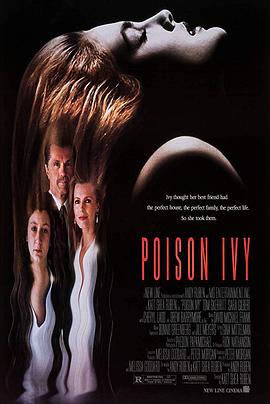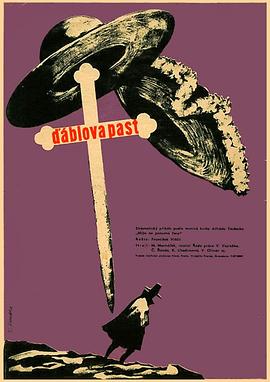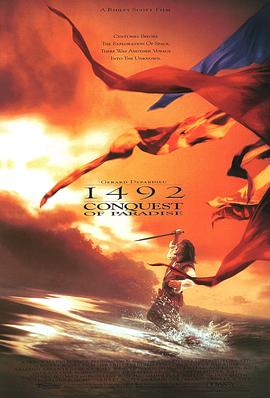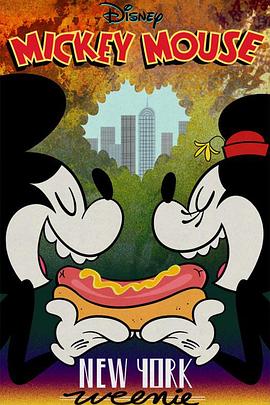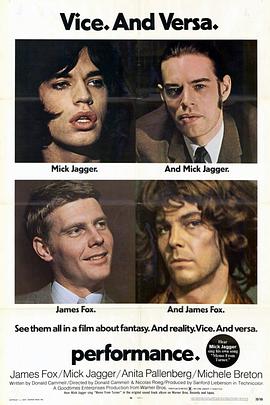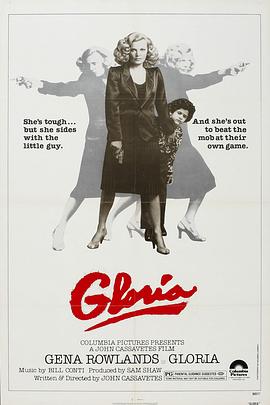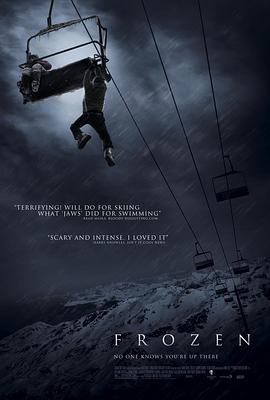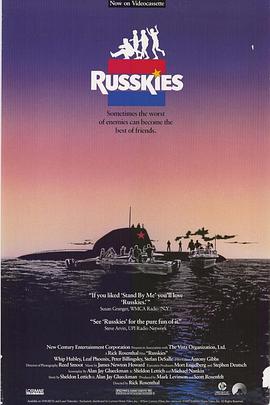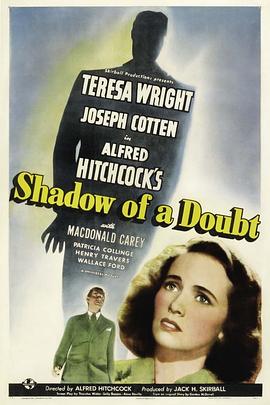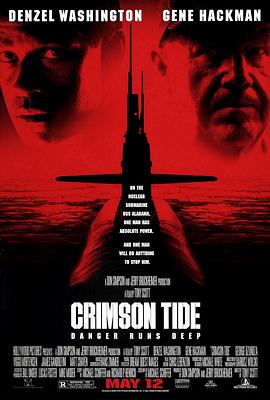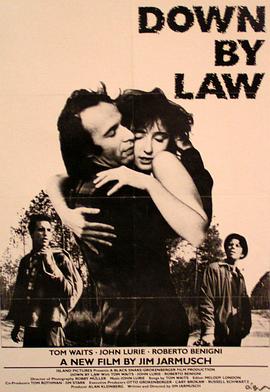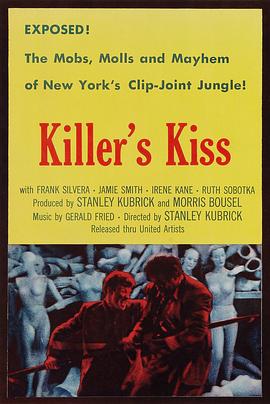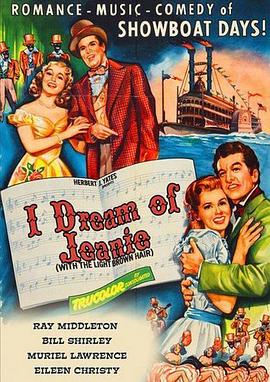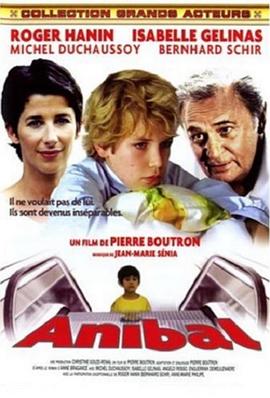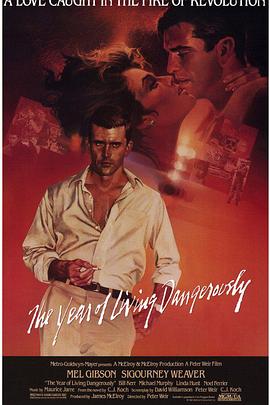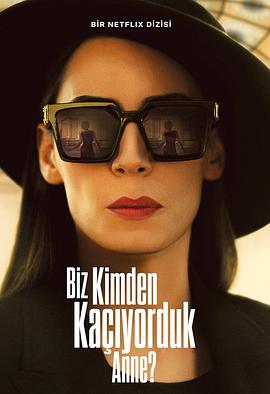Bil
搜索"Bil",找到347部影视作品
导演:
/Alan Smart
主演:
剧情:
海绵宝宝是一块穿着短裤衬衫打领带、暴牙大眼睛的黄色海绵,他生活在太平洋中央一片名为比基尼的海底之下。这里风和日丽,平静祥和,生活无忧无虑。海绵宝宝住在一个菠萝形状的房子里,与之为伴的是他的宠物小蜗(蜗牛)。开朗、纯真的海绵宝宝有许多好朋友,比如乐观单纯的派大星、性格古怪的章鱼哥、自私市侩的蟹老板还有力大无穷的松鼠珊蒂。平时他都在蟹老板的快餐店里打工,闲暇时就和好朋友们四处玩乐。这群性格各异的家伙们凑在一起,可真是闹出不少的笑话…… 本片为美国最受欢迎的电视系列动画之一,在2003~2009年期间,曾经7年当选美国儿童选择奖最受欢迎的动画片。
导演:
/奥马尔·埃尔·佐海里
主演:
剧情:
埃及清寒的一家四口,为了帮四岁儿子庆生,爸爸办了一个生日派对,邀请上司亲友前来同欢,还有魔术师表演馀兴节目。爸爸躺进魔术师的大空箱,只见公鸡被请出来,还以为魔术精巧又神奇,爸爸却从此消失踪影,只能把公鸡当父亲。一向逆来顺受的母亲如今不得不奔走四方,为了家庭生计,还要想尽办法让公鸡丈夫“还俗”。 一出精心设计、充满黑色幽默的社会讽刺剧,埃及新锐导演奥马艾尔佐哈里首执导演筒即成绩不俗,一举拿下坎城影展影评人週大奖。以写实笔触、超现实口吻,带领观众走进埃及底层人家的贫困日常,直击阿拉伯父权社会底下的光怪陆离。当父亲的角色消失,母亲成为一家之主,阿拉伯世界裡的女性角色该如何自处?
导演:
/德里克·贾曼
剧情:
这是一部现代风格的戏剧,介绍了生于维也纳,在剑桥读书的哲学家Ludwig Wittgenstein (1889-1951)的生平及思想。他的主要兴趣在于研究语言的本质与极限。 电影使用最简单的黑色背景,所有的投资都用在服装、演员以及灯光上,构图就像黑暗的启蒙主义绘画。Wittgenstein以一个小男孩的形象出现,他的少年时代很压抑,银幕上他的家人都身穿罗马人的宽外袍。一系列的小场景描述了他从小时候,到第一次世界大战,再到最终在剑桥当教授和Bertrand Russell以及John Maynard Keynes合作的生平。导演Derek Jarman使用了一些戏剧小品,还有富于想象力的小花招,比如出现了火星侏儒,来表现Wittgenstein的贵族举止,犹太背景,以及同性恋倾向。
导演:
/汤姆·麦卡锡
剧情:
Walter(理查·詹金斯 Richard Jenkins 饰)的生活一成不变,20多年来教同一门课程,与别人一起合著自己没有出过半分力的书,请私人教师学钢琴又难以与人相处。生活沉闷如一潭死水。直到与他合著出书的shelly待产而无法前去参加学术年会换成Walter出席,他的生命才赢来转变。 由于妻子去世而极少去纽约的Walter一回到纽约的家赫然发现家里有两个陌生人!误会过后才明白这对小情侣是被人所骗才租了这间屋子。Walter让他们留下,Tarek是来自叙利亚的热情的小伙子,热爱打鼓,他的女友则是来自塞内加尔的黑人。Walter被Tarek的开朗所打动,跟他学打鼓,还跟着他去公园参加少数族裔的打鼓练习。 这天Walter与Tarek练习过后赶着回家,过地铁时因为要过鼓Tarek错过了最好的过关卡的机会,从关卡上跳过时被警察逮捕拘留。Walter这才知道他们是非法移民,他为他聘请律师东奔西跑,毫无进展之际Tarek的母亲Mouna(西亚姆·阿巴斯 Hiyam Abbas 饰)因为担心儿子而上门,Walter安抚这位母亲焦急的情绪,带她去纽约四处散心,二人产生一种互相懂得理解的情愫。Walter从学校请了长假,决定留在纽约,去做他认为真正有意义且值得去做的事。
导演:
/伊维斯·西蒙尼奥
主演:
剧情:
Beginning just after the bloody Sioux victory over General Custer at Little Big Horn, Bury My Heart at Wounded Knee intertwines the perspectives of three characters: Charles Eastman (Beach), né Ohiyesa, a young, Dartmouth-educated, Sioux doctor held up as living proof of the alleged success of assimilation; Sitting Bull (Schellenberg), the proud Lakota chief who refuses to submit to U.S. government policies designed to strip his people of their identity, their dignity and their sacred land – the gold-laden Black Hills of the Dakotas; and Senator Henry Dawes (Quinn), who was one of the architects of the government policy on Indian affairs. While Eastman and patrician schoolteacher Elaine Goodale (Paquin) work to improve life for the Indians on the reservation, Senator Dawes lobbies President Grant (Thompson) for more humane treatment, opposing the bellicose stance of General William Tecumseh Sherman (Feore). Hope rises for the Indians in the form of the prophet Wovoka (Studi) and the Ghost Dance – a messianic movement that promises an end of their suffering under the white man. This hope is obliterated after the assassination of Sitting Bull and the massacre of hundreds of Indian men, women and children by the 7th Cavalry at Wounded Knee Creek on Dec. 29, 1890. Written by HBO Films
导演:
/迈克尔·托林
剧情:
有着先天性智障的詹姆斯(小库珀·古丁 Cuba Gooding Jr. 饰)从小到大都是众人嘲笑的对象,由于他总带着一个收音机,“收音机”就成为了他的代号。没事的时候,詹姆斯喜欢呆在汉娜高中体育场,久而久之,一个名叫哈罗德(艾德·哈里斯 Ed Harris 饰)的教练注意到了他。 在又一次被人捉弄后,哈罗德帮詹姆斯解了围,不仅如此,他还当众宣布,从此往后,詹姆斯将会是他的橄榄球队中的一员。哈罗德的这个决定让队员们十分不解,但很快,他们就发现了詹姆斯身上所闪耀着的人性光辉。在詹姆斯乐观情绪的影响下,球队屡战屡胜,队员之间的关系也更加紧密,詹姆斯不仅走出了生命中的灰暗地带,还将快乐和希望带给了更多的人。
导演:
/加文·欧康诺
剧情:
1979年,陷入越战和冷战的美国,没有在科技大发展时代得到重生,反而滑向了信心危机的困局,“美国精神”发生了动摇。赫伯·布鲁克斯(库尔特·拉塞尔 Kurt Russell 饰)是带领明尼苏达大学冰球队夺得三连冠的功勋教练,在冬季奥运开赛的半年前,赫伯受命组建并训练新一届美国冰球队。当时苏联冰球队在国际上占据绝对统治地位,六十年代以来连续夺得奥运金牌。在赫伯组队伊始,他就把苏联作为最终对手看待。赫伯从各大学召来优秀冰球选手组成了一支26人的初选队,在严酷的训练中,这些非职业队员们形成了一个真正有战斗力的团体。奥运揭幕前三天,美苏两国冰球队进行了一场热身性质的比赛,美国队虽然落败,但赫伯和他的队员们都清楚,真正的较量在奥运会上…… 本片根据1980年盐湖城冬奥会上的真实故事改编。
导演:
/法兰提塞·维拉席
主演:
剧情:
In the time of Counter-Reformation, a miller and his son come under investigation by a priest of the Inquisition, when rumors spread that their prosperity comes from working with the Devil. The Devil's Trap is a film directed by František Vlá?il, based on a novel by Alfréd Technik, adapted by František A. Dvorák and Miloš Kratochvíl. It was the first of three historical dramas that Vlá?il made during the Czech New Wave (technically he isn't really a part of the New Wave, however these films were made during the same era of artistic freedom), preceding his more well known Marketa Lazarová (1967) and Valley of the Bees (1968). Set in the late 16th Century during the Catholic Reformation, in the Moravian Karst, situated in what is now the Eastern Czech Republic, it tells the tale of a miller (Vítezslav Vejrazka), and his son Jan (Vít Olmer), who come under suspicion and are investigated by a Jesuit priest of the Inquisition (Miroslav Macháchek), when rumors of witchcraft are spread by the local regent (Cestmír Randa), who is jealous of the miller's prosperity and degree of respect among the local populace. As expected from Vlá?il, this film is a stunning experience all the way through. From the opening shot, an ominous manipulation of perspective with a close up of a mangled figure of Christ dominating the foreground against a tiny figure in black walking along the horizon, to the breathtaking confrontational finale inside the vast stalactite filled Karst caverns, it is a wonderful display of visual mastery. Maybe not quite as impressive as Marketa Lazarová, but still full of astonishing imagery. As seen from unique angles and distinct points of view which highlight the director's remarkable sense of awareness of framing, motion, and positioning on the emotional and dramatic tone of the scene. The most memorable being a repeated shot where the camera is suspended and launched with speed through the air towards the miller's door. The story here is a simple one and I would say more accessible than his later works. With a conventional structure emphasized as much by its plot and characters, than by its expressionistic cinematography or authentic historical detail. The events play out without much surprise, and there is a strong underlying, almost supernatural, mysterious aspect that is left unresolved, in fact barely explored, which is slightly disappointing, but only because it's so fascinating that I wish there was more. Acting is great all around. Particularly the villains: Miroslav Macháchek as the priest, casting a sinister and imposing shadow wherever he goes, and Cestmír Randa as the weasel like regent behind all the persecution. While Vít Olmer brings a charismatic leading man presence in his role as the miller's son Jan, in love with the lovely orphan girl Martina (Karla Chadimová), who becomes a dangerous object of rivalry between Jan and other young men of the village. The film also features the evocative music of Zden?k Liška (perhaps the most prolific composer of the Czech New Wave). In this his second of eleven collaborations with Vlá?il, his compositions are used sparingly, but to great effect, complimenting but never overpowering a scene. The best example of which can be heard in an amazingly shot celebration and dance sequence at the end of the second act. The Devil's Trap might not be a masterpiece, but it is still a strong effort, with a fascinating straightforward story and a glorious historical setting captured beautifully by Vlá?il's unmistakable visual prowess. A fine work that would also be the perfect starter plate to prepare yourself for the challenging feast of Marketa Lazarová or The Valley of the Bees. It even has an easy to digest running time. It's therefore puzzling why this gem remains largely overlooked and ignored.
导演:
/雷德利·斯科特
剧情:
500年前,充满迷信色彩的西班牙,认为海洋的尽头有魔鬼守侯著,只有航海家哥伦布坚信,海洋的尽头是一片新土地,几经辛苦说服女皇资助冒险旅程的他终于发现新大陆,可惜贵族们都视这土地为猪肉,只有他愿意维持乐土的自然纯朴,终被奸人排拆,究竟现实与梦想的距离,会否动摇这位梦想家的坚持呢? -幕后花絮 影片描写的是著名航海家哥伦布的航海故事,重点刻画的是哥伦布的社会性。以其子费尔南多的回忆的形式,对其颠沛流离的一生进行了追述。通过影片我们可以看到,作为一名航海冒险家,哥伦布绝对是成功的伟人;但若将他视作一个普通人,他又是一个可叹的失败者。影片生动地再现了哥伦布丰富多彩的社会生活经历,他那富有理想的心智和勇敢无畏的精神,还有那粗暴蛮横的坏脾气和贪婪攫取的性格。
导演:
/Dave Wasson
主演:
剧情:
自2013年以来,迪士尼频道推出最新系列米老鼠动画,该系列画风不同于以往,简约复古的同时,又被赋予了新颜艺新气息。除米奇、米妮、唐老鸭、黛茜及高飞等常驻角色外,还有许多本不属于这一动画的其他迪士尼经典角色前来客串。在第一二季中,他们被唱歌剧的鲸鱼打扰,弄碎了Cinderella的水晶鞋,踩了野兽的尾巴,撞上了花栗鼠兄弟Chip和Dale的飞船。而在最新季中,他们拯救了SwonWhite的许愿池,无视章鱼肚子里的老木匠Geppetto和小木偶Pinocchio。一些新的角色,如柯基女王也被适时地创作出来,同样也为这一季米老鼠增添了许多精彩!
导演:
/Stephen Fedasz IV
主演:
剧情:
Batman has been captured by the hazardous Harley Quinn. Chained and dangling over a tank of ravenous piranhas, how on Earth can the Dark Knight escape certain death?!
导演:
/尼古拉斯·罗伊格,唐纳德·卡梅尔
剧情:
帮派分子Chas(詹姆斯·福克斯 James Fox 饰)是Harry Flowers的一名手下,在一次帮派争斗中,Chas杀死了一个叫Joey的人,只能逃亡。为了躲避Harry的追杀,他化名为Johnny Dean,假装是一名变戏法的,租了一所房子的地下室。房子的主人是 Turner(米克·贾格尔 Mick Jagger 饰),他和两个女人住在里面。Chas住在地下室的期间经历了一段奇幻的旅程。他联系一个朋友,让朋友替他搞了个美国护照,准备逃走。他让朋友来他住的地方与他见面,不料他的朋友却带着Harry的人一起来了...... 滚石乐队主唱Mick Jagger的第一部电影,影片完成于1968年,直到1970年才得以发行。
导演:
/约翰·卡萨维蒂
剧情:
萧条的城市里,帮派分子随处可见,担任黑手党会计的杰克因为私吞黑手党财产并向警方告密,而遭到黑手党监视,他一家人被困在公寓中随时会遭遇不测。杰克和妻子将小儿子菲尔托付给单身女邻居葛洛莉(吉娜·罗兰兹 Gena Rowlands 饰),然而他们自己却没能躲过黑手党……欲追回钱款的黑手党继续追索菲尔,但此时,身份并不简单的葛洛莉挺身而出,决定保护这个陌生的男孩。二人在黑手党的包围中侥幸逃走,声称厌恶孩子的葛洛莉与英语不甚流利的混血男孩在步步惊心的旅途中营造了互信与默契,但葛洛莉清楚,真正的把菲尔从黑手党手中解救出来需要她做出一个惊险的决定……
导演:
/Adam Green
主演:
剧情:
帕克(艾玛·贝尔 Emma Bell 饰)对男友丹(凯文·席格斯 Kevin Zegers 饰)的死党林奇(肖恩·阿什莫 Shawn Ashmore 饰)成见颇深。一日,三人结伴去滑雪,到达时滑雪场即将关门,他们买通检票员乘上了上山的缆车。检票员临时有事离去,来换班的工作人员在不知情的情况下拉掉了滑雪场的电闸,锁上大门准备离开,滑雪场即将进入为时数月的封山期,帕克一行人就这样被悬挂在半山腰上下维艰。 面对大自然的凶险,人类是如此不堪一击。天渐渐的黑了,寒冷,饥饿,随便那一项都足以置他们于死地。不知所措的三人急于脱险,但莽撞和无知却让他们伤亡惨重,此时他们才发现,除了要跟恶劣的天气作斗争外,还有一群饥肠辘辘的猎食者正虎视眈眈的盯着他们的猎物。
导演:
/阿尔弗雷德·希区柯克
剧情:
小镇沉闷的空气令受过高等教育的Charlie(Teresa Wright)十分压抑,她渴望在外谋大事、自己喜爱和崇敬的Uncle Charlie(Joseph Cotten)能突然出现,为自己的生活注入一缕新风。Charlie欲发电报邀请舅舅来做客时,竟先收到他发来的要来的报文,惊喜之外,她对舅舅的爱又加深一层。 Uncle Charlie的到来令Charlie及父母非常兴奋,但酷爱读书的妹妹无动于衷。不久Charlie如沐春风变作无忧无虑的少女。两个自称报社记者的陌生人有心将Charlie一家当作典型美国家庭采访,Uncle Charlie为此事大发雷霆相当失态,令Charlie和母亲大为不解。而同其中之一Herbie Hawkins(Hume Cronyn)交谈中,Charlie震惊地听闻有关舅舅的骇人秘密。
导演:
/吉姆·贾木许
剧情:
奥尔良监狱里新来了两个“无辜”的罪犯:Zack(汤姆·威兹 Tom Waits 饰)和Jack(约翰·劳瑞 John Lurie 饰)。Zack是一个DJ,被女友抛弃后在街上浪荡的他接受了一个朋友的工作:把一辆车开到一个地方,路上他却被警察拦了下来随后在车后座发现了一具尸体;而Jack则被一个老朋友所说服,去见一个年轻貌美的妓女,就在他准备享受一番之时,警察破门而入将他带走。不久,监狱里又来了一个意大利杀人犯Bob(罗伯托·贝尼尼 Roberto Benigni 饰)。三人在一间牢房里闹了不少笑话。百无聊赖的他们计划逃狱,竟然成功了。三人艰辛走过沼泽地,穿过树林,来到了一个意大利女人Nicoletta(尼可莱塔·布拉斯基 Nicoletta Braschi 饰演)住的小屋。Bob和Nicoletta两个意大利人沉浸在爱河中,最后只剩下Jack和Zack继续上路,而他们两人又将在面对岔路口时走向何方...... 本片由美国独立电影导演吉姆·贾木许Jim Jarmusch执导,为一部黑白电影,参加了1986年的戛纳电影节。
导演:
/斯坦利·库布里克
剧情:
拳击手大卫•科登(Jamie Smith 饰)独自住在一间简陋的公寓出租房内,窗户对面住着一个美丽的舞女格萝蕾拉(Irene Kane 饰),大卫渐渐为之所吸引。 某晚大卫比赛归来,突然发现格萝蕾拉正要被人强暴,他冲进去拯救了心上人。原来强暴者是格萝蕾拉所在夜总会的老板(Frank Silvera 饰),为了生计不得不忍辱负重。两个失意之人情谊相合,遂约定离开伤心地,寻找他们的幸福。大卫外出筹集旅费,而夜总会老板在得知格萝蕾拉即将离开的消息时勃然大怒,派出打手绑架了她…… 本片荣获1959年洛迦诺国际电影节最佳导演奖。
导演:
/皮埃尔·布特龙
主演:
剧情:
斯威迪(Enguerran Demeulenaere 饰)出生在一个富裕的家庭之中,他的父亲是知名的制片人,家里来来往往的都是在电视里光鲜亮丽的大明星。然而,这种外人羡慕的生活却并不能够给斯威迪带来真正的快乐。某日,父母决定领养一个名叫阿尼巴尔的印加男孩,对于父母的决定,斯威迪当然是强烈反对,他怎么能够容忍另一个孩子来和他争夺父母的爱呢?但抗议最终还是徒劳,不久之后,阿尼巴尔出现在了斯威迪的面前。 斯威迪对待这个和自己并没有血缘关系的弟弟非常的粗暴,处处欺负他,找他麻烦,但阿尼巴尔却似乎并不讨厌斯威迪,总是跟在他的屁股后面到处跑。
导演:
/彼得·威尔
剧情:
故事发生在六十年代初期的印尼,盖伊(梅尔·吉布森 Mel Gibson 饰)是被电视台派往此处进行采访调查的记者。彼时,政府在雅加达刚刚成立,国内的情势一片混乱,这让盖伊的采访毫无头绪,一次偶然中,盖伊结识了名为比利(琳达·亨特 Linda Hunt 饰)的记者,比利虽然身材矮小,人脉却四通八达,在比利的帮助下,盖伊开始逐渐接触到了隐藏在这个政府中的某些秘密。 在雅加达,盖伊还邂逅了吉尔(西格妮·韦弗 Sigourney Weaver 饰),一位美丽而又勇敢的独立女性,两人之间碰撞出了爱情的火花。雅加达的局势不断的恶化着,比利和盖伊之间的友情亦因为种种矛盾而产生裂痕。

